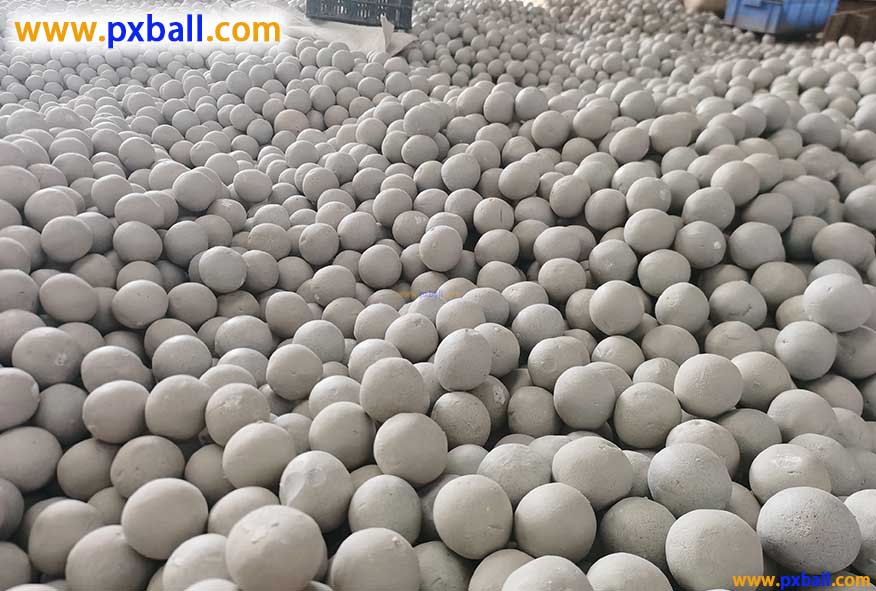
How hard are ceramic balls?
How hard are ceramic balls? Actually, the hardness varies depending on the type of ceramic material.
One, Common Ceramic Ball Materials and Hardness Situation
Alumina Ceramic Ball
Alumina ceramic balls are a common type. Generally speaking, they have very high hardness, with a Rockwell hardness (HRA) of 80-90 or above. Its hardness mainly comes from the ionic bond in the crystal structure of alumina. Alumina ceramic balls have good wear resistance and are widely used in industrial equipment that requires wear-resistant parts, such as being used as grinding media in ball mills to effectively grind ores, ceramic raw materials, and other materials.
Zirconia ceramic balls
The hardness of zirconia ceramic balls is also quite high. Its Mohs hardness is approximately 8.5 - 9.0. Zirconia ceramic balls have high strength, toughness, and good corrosion resistance. Compared to alumina ceramic balls, zirconia ceramic balls are more advantageous in some applications where toughness is required, such as in some precision bearings, where they can provide good support for hardness while also being able to withstand certain impact forces without breaking easily.
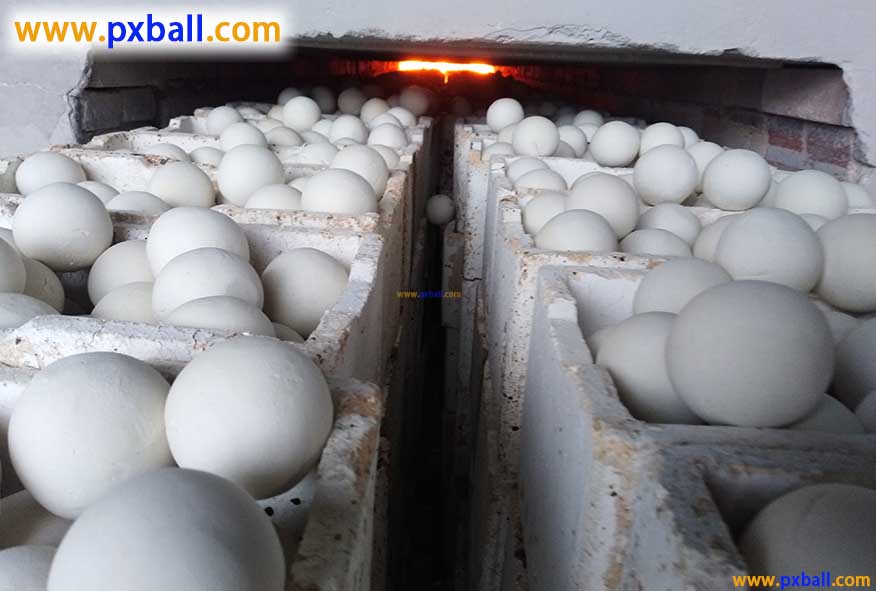
Silicon nitride ceramic balls
The hardness of silicon nitride ceramic balls is also outstanding, with a Mohs hardness of around 9. It also has good high-temperature performance and chemical stability. In applications such as high-speed, high-precision bearings at high temperatures, silicon nitride ceramic balls perform well. Due to its high hardness, it can maintain good shape stability during high-speed operation, reducing wear and improving the service life and operating accuracy of equipment.
The following is the compressive strength of inert ceramic balls.
Size/ | Crush Strength | |||
Nominal Size | (Ibs) | (kg) | (N/pc) | |
mm | Inch | min | min | min |
3 | 1/8 | 84 | 38 | 372 |
6 | 1/4 | 209 | 95 | 931 |
10 | 3/8 | 282 | 128 | 1254 |
13 | 1/2 | 616 | 280 | 2744 |
16 | 5/8 | 770 | 350 | 3430 |
19 | 3/4 | 1738 | 790 | 7742 |
25 | 1 | 1936 | 880 | 8624 |
38 | 1.5 | 2156 | 980 | 9604 |
50 | 2 | 3564 | 1620 | 15876 |
Physical Properties of Inert Ceramic Balls
Physical properties | |
Index | Value |
Leachable Iron | ≤0.1% |
Apparent Porosity by Weight, dia. ≥ 10mm | ≤0.4% |
Apparent Porosity by Weight, dia= 6mm | ≤1.0% |
Apparent Porosity by Weight, dia=3mm | ≤3.0% |
Moh's Hardness Scale | >6.5 |
Water Absorption | <0.5wt.% |
Acid Resistance | >99.8% |
Alkaline Resistance | >85% |
Thermal Conductivity | 0.9-1.0 w/m2.k |
Thermal Expansion @ 500℃ | 0.20% |
Specific Heat | 628-837 j/kg |
Thermal Shock Stability,600 ℃ then water cooling | 10 times |
Max Operating Temperature | 1250℃ |
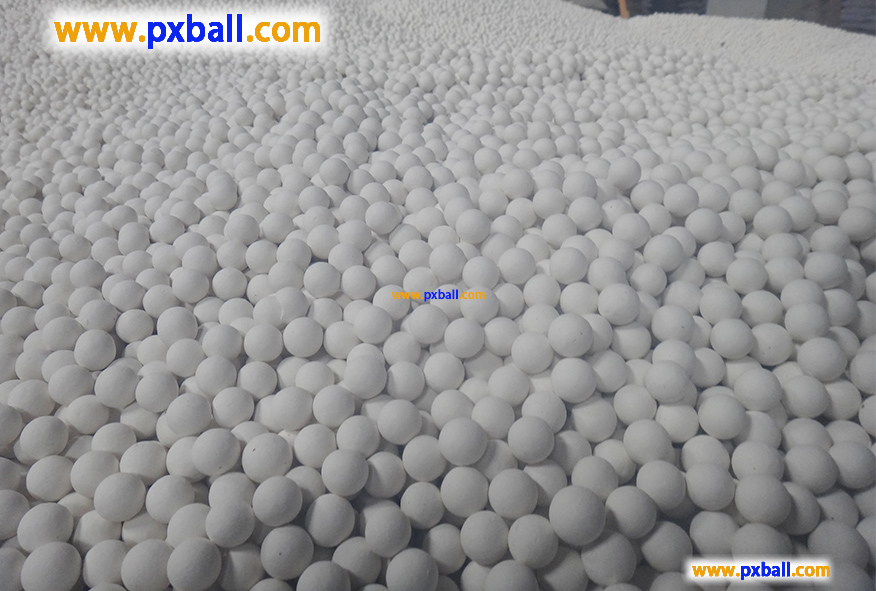
Catalyst Inert Ceramic Packing Process
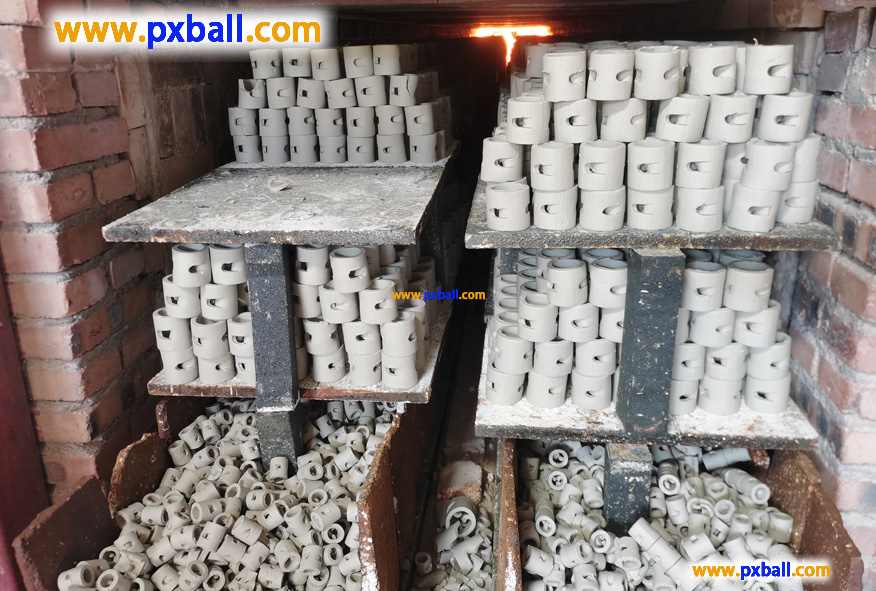
Is ceramic an inert waste?
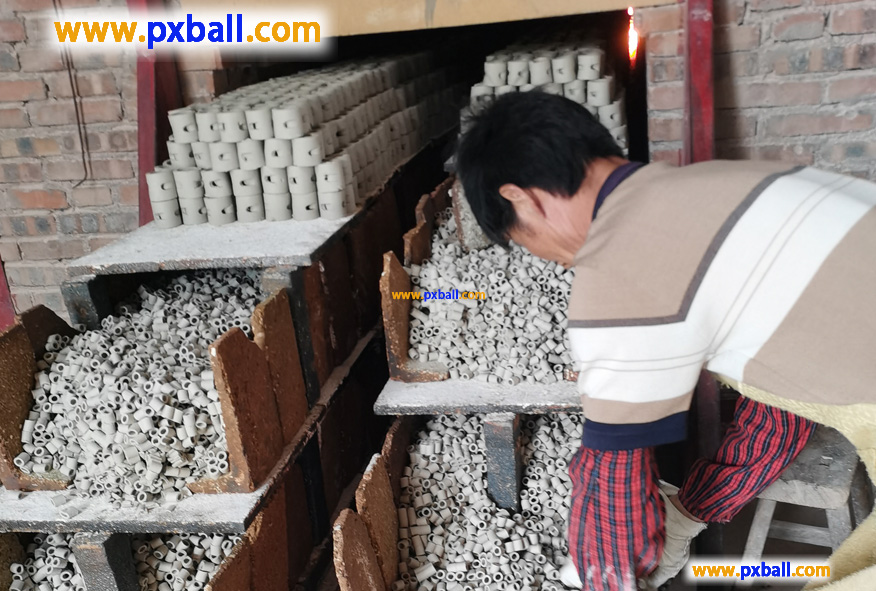
Are ceramics chemically inert?
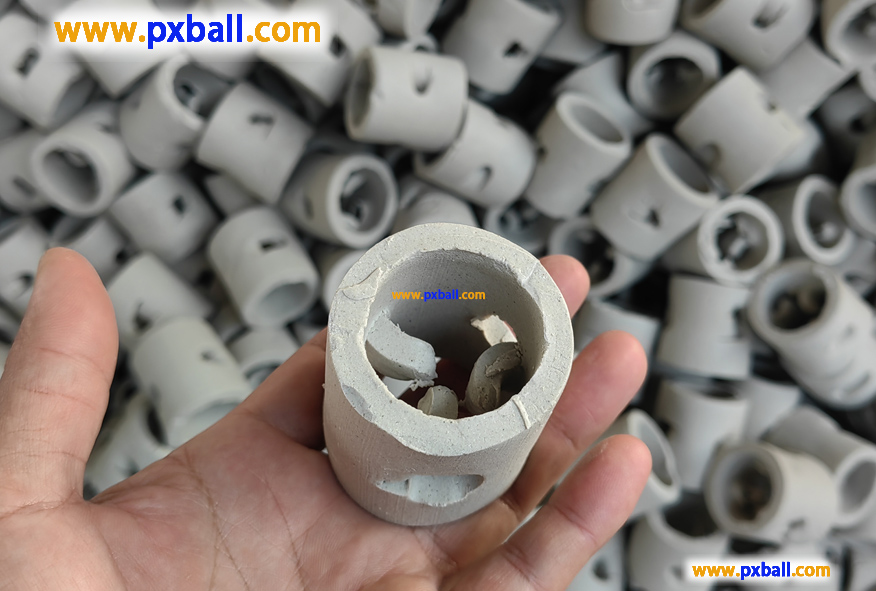
What is inert ceramics?
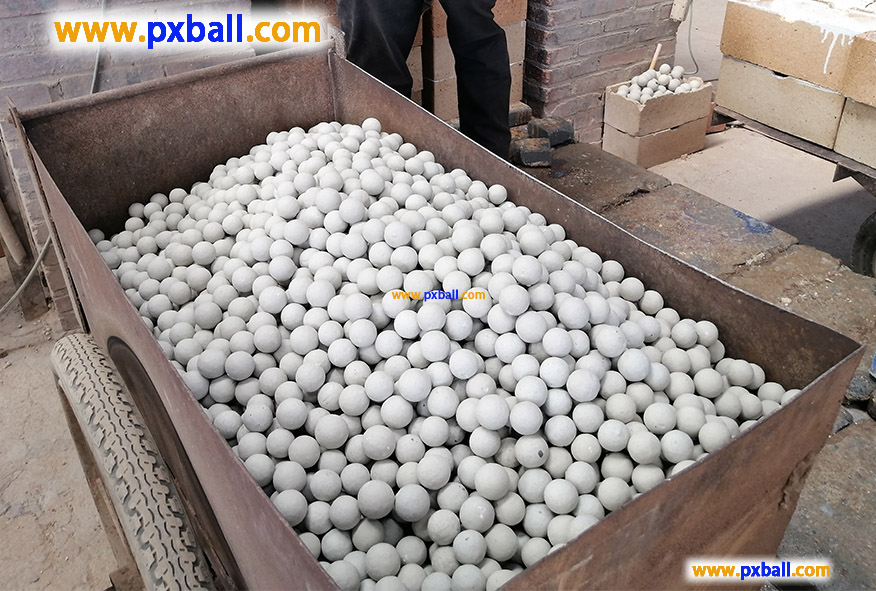
inert alumina ceramic ball density

Why do inert ceramic balls emphasize the level of aluminium content?
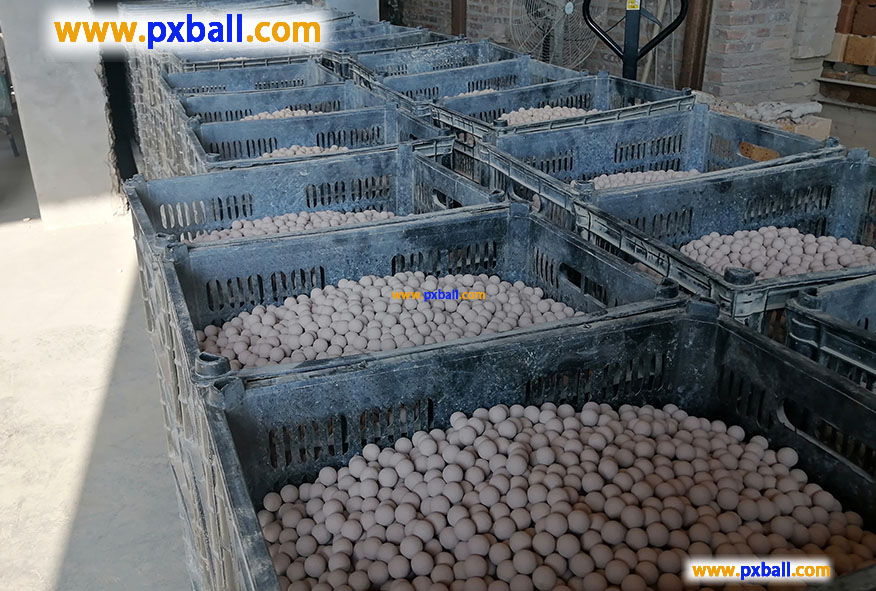
What are alumina ceramic balls used for?
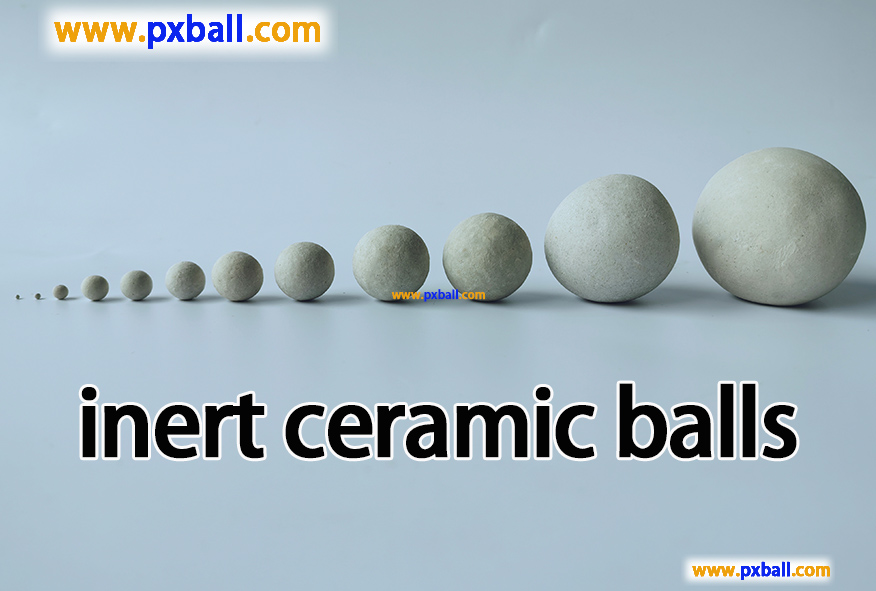
What is inert ceramic ball?